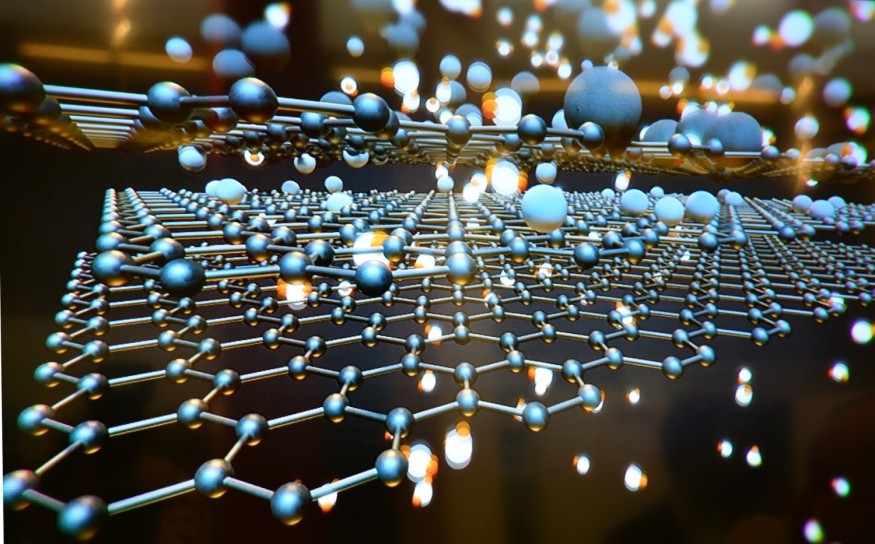
For the first time, scientists were able to create particles without precursor particles or colliding two quanta together. Using the Schwinger effect, they could create matter with the aid of electromagnetic fields.
What Is a Schwinger Effect?
According to Wikipedia, a powerful electric field is thought to form matter due to the Schwinger effect. It is a quantum electrodynamics (QED) prediction that, in the presence of an electric field, electron-positron pairs spontaneously form, leading to the decay of the electric field.
In the 1930s, according to Big Think, Fritz Sauter, Werner Heisenberg, and Hans Euler suggested the idea. The Schwinger effect has been given this name because Schwinger completed the difficult effort to determine precisely under what circumstances this effect should happen.
Assumptions Supporting that Electromagnetic Field Create Matter
Using the concept of "field," scientists were able to see the possibility of creating matter using an electromagnetic field. Take note that a particle may encounter a force if it moves through an area of space where the field is not zero. However, it is dependent on its charge and, occasionally its motion. The amount of "field energy" present in that specific space area increases with the field's strength, the force, and the field itself.
Let's use this example of a meson in which an electromagnetic field is applied to illustrate the idea. A meson is composed of a quark and an antiquark that are joined together by the strong interaction and the exchange of gluons. The six types of quarks are up, down, strange, charm, bottom, and top. Anti-quarks are essentially the opposite electric charge copies of each of the six types of quarks.
In some cases, the quark-antiquark pairs that make up a meson have opposing charges. Such a meson will have its positively and negatively charged ends dragged in opposite directions if an electric field is applied. It is feasible to separate the quark and antiquark sufficiently if the field strength is strong enough, causing new particle-antiparticle pairs to form in the void between them.
This results in two mesons instead of one, with the energy needed to add the extra mass, through E = mc2, coming from the energy of the electric field that initially tore the meson apart.
Graphene
ALSO READ : Gold Nanoparticles Behavior at the Edge of Graphene Sheets Sparks Major Implications For Quantum Devices
Experiment Supporting the Assumption that Electromagnetic Field Create Matter
To obtain this property with a very tiny, experimentally accessible magnetic field, scientists at the University of Manchester used graphene. They observe the Schwinger effect in action, which causes electron-positron couples to form in this quantum system.
According to Graphenea, graphene is made up of a single layer (monolayer) of carbon atoms that are securely bonded together in a hexagonal honeycomb lattice. It is an allotrope of carbon with a molecular bond length of 0.142 nanometers and takes the shape of a plane of sp2-bonded atoms.
One peculiar property of graphene, among many others, is that sheets of it act essentially as a two-dimensional structure. Many degrees of freedom in three-dimensional materials are removed by reducing the number of (effective) dimensions, giving the quantum particles inside much fewer options and limiting the number of possible outcomes.
The authors of this study used a superlattice, a graphene-based structure, to apply an electric field. It produced a behavior in which electrons from lower, fully occupied bands joined the flow and those from the highest partially occupied energy state as part of the material's conduction.
When this happens, many strange behaviors emerge in this material, but the Schwinger effect was observed for the first time. Instead of producing positrons and electrons, it created "holes," which occur when one electron in a lattice is missing and flows in the opposite direction of the electron flow.
The details of this new process of spontaneous synthesis of electrons and "holes," which was required to explain the observed currents, were in line with Schwinger's predictions since its inception.
RELATED ARTICLE : 4 Mind-Blowing Facts About the Universe That You Should Know
Check out more news and information on Quantum Physics in Science Times.









